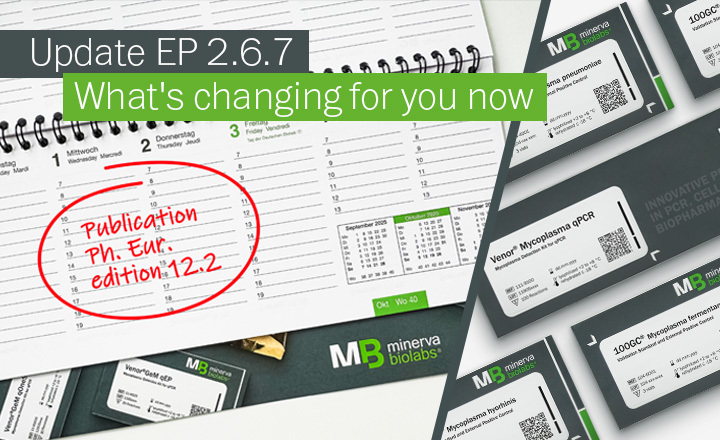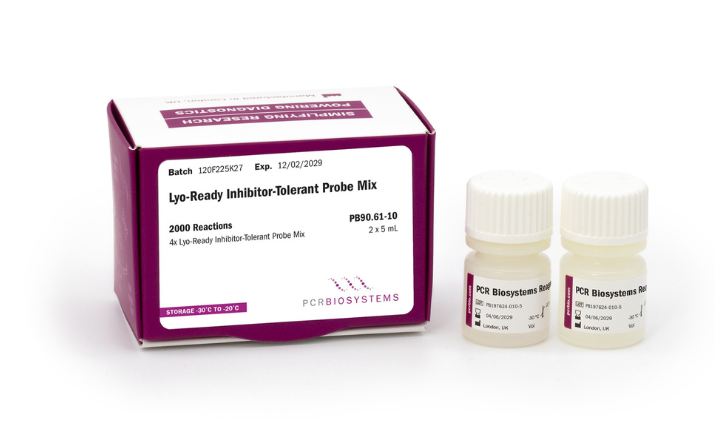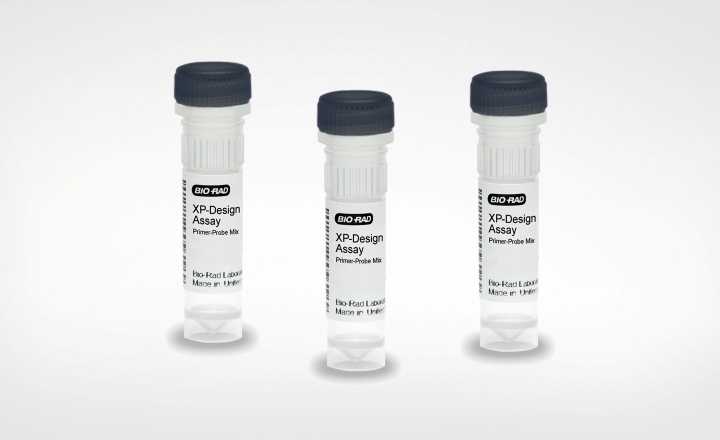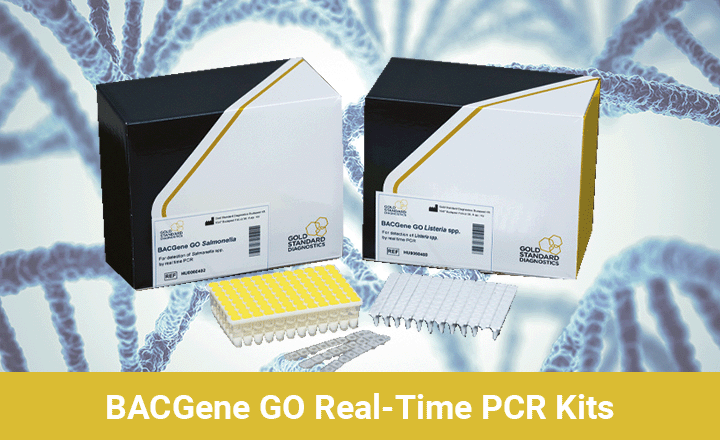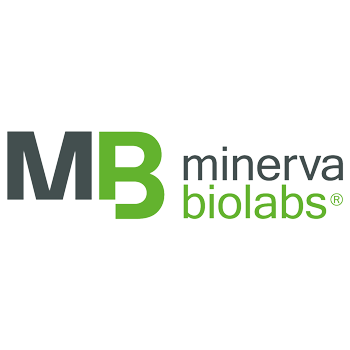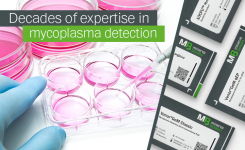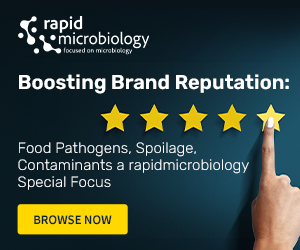Regulatory Mycoplasma Testing - A New Framework for NAT Methods
The revised European Pharmacopoeia chapter 2.6.7 “Mycoplasmas” (version 12.2) introduces a new regulatory framework for nucleic acid amplification techniques (NAT), recognizing them as equivalent to culture-based methods and harmonizing the requirements with the Japanese Pharmacopoeia (JP 18 G3) and the United States Pharmacopoeia (USP <63> and USP <77> draft).
For GMP-regulated laboratories, this revision marks a significant step toward global harmonization and consistency in mycoplasma testing for biopharmaceutical and ATMP manufacturing.
Key updates include defined sensitivity requirements when NAT replaces culture, with a limit of detection of ≤ 10 CFU/ml or < 100 genomic copies/mL (GC/ml). The introduction of genomic copies as a standardized unit enhances comparability between NAT and culture results. Both culturable and non-culturable mycoplasmas must now be detected, and testing should include both cells and supernatant, as mycoplasmas can adhere to or reside within cells.
The chapter further requires method validation in the user’s own product matrix, even when validated commercial kits are used. This ensures the absence of inhibitory substances and confirms assay sensitivity under real conditions. New specifications for reference materials define a GC:CFU ratio below 10, improving traceability and consistency. In addition, NAT-based systems must include mandatory controls: an internal control to rule out inhibition and an external positive control with a defined GC or CFU content close to the limit of detection, as well as a negative control.
Together, these updates establish a clear and harmonized framework for regulatory NAT testing, ensuring sensitivity, specificity, and reproducibility across laboratories.
Venor® Mycoplasma qPCR – Fully Aligned with EP 2.6.7 (12.2)
To meet the new regulatory framework, Minerva Biolabs has developed the Venor® Mycoplasma qPCR assay, a quantitative real-time PCR test fully aligned with EP 2.6.7 (12.2), USP <63>, USP <77> (draft), and JP 18 G3.
This highly sensitive ready-to-use assay detects both mycoplasma DNA and RNA via reverse transcriptase qPCR, covering more than 130 mollicute species including all pharmacopoeial reference strains. Lyophilized reagents ensure simple handling, transport, and storage, while integrated positive and internal controls guarantee full system suitability and reproducibility.
Venor® Mycoplasma qPCR provides laboratories with an EP-compliant NAT method offering high analytical sensitivity and robust performance in GMP quality control environments.
100GC® Mycoplasma Standards – Precise Quantitative Reference Material
Complementing the assay, 100GC® Mycoplasma Standards offer precise quantitative reference material with traceable 100 genomic copies per vial. They enable verification of assay sensitivity in product-specific matrices, facilitate the product-specific inhibitory substances test required by EP 2.6.7, and establish comparability between NAT and culture-based systems. In addition, the standards can be used as an external positive control with defined concentration, fulfilling all new regulatory requirements.
Used together, Venor® Mycoplasma qPCR and 100GC® Mycoplasma Standards form a complete, regulatory-ready solution for reliable mycoplasma detection and validation in biopharmaceutical quality control.
Ready for EP 2.6.7 Implementation
The revised EP 2.6.7 (12.2) has been published and will become binding in April 2026. QC laboratories should now respond by switching to the new guidelines. NAT-based mycoplasma tests have proven to be extremely suitable for years and have been reinforced by the new framework conditions. Use the latest EP-compliant technology to ensure full compliance with regulations and smooth implementation.
Minerva Biolabs supports this process with validated assays, quantitative reference materials, and comprehensive documentation, helping laboratories to confidently meet regulatory requirements.

